Welcome to the first Storytime with RR-sama column! In these articles I will be reviewing a very specific portion of video games that I don’t really get to go in-depth with in my Rewind Reviews – the story.
While I have often given overviews of plotlines, talked briefly about how cliche or lame a story is, and maybe complained about or praised this or that; I have never really had the chance to get in deep with any of the games I reviewed. As such, I have started this column to do just that, and what better game to start it off with than the recently released Starcraft II: Legacy of the Void?
So what are we waiting for? Let’s rally our legendary Protoss warriors and venture into the void with Starcraft II: Legacy of the Void!
IF NOT ALREADY EVIDENT: BEWARE, THIS ARTICLE IS PRETTY MUCH ENTIRELY COMPOSED OF SPOILERS!
The story so far…
While gamers have often heard about the e-sports scene, gamers who have not played the Starcraft games for themselves would likely think that the storyline of the Starcraft universe has been a write off. It’s to be expected, I suppose, since other competitive multiplayer games such as Call of Duty haven’t really been known for their innovative storylines – rarely venturing off of the typical war-movie or action-film formulas.
The original Starcraft and Starcraft: Brood War would fall under this category somewhat. In fact, the original games are very much a reimagining of the American Civil War. You got your confederates, and you got your Sons of Korhal acting as the alternative. There’s a little bit of political commentary on the grounds that the Sons of Korhal become this oppressive media-driven world that stages its defective heroes as villains. It also has a parody of Earth’s own media-centric society where people blindly accept a single version of the “truth”.
The Inauguration of Arcturus Mengsk acts as a direct parody of our very own political leaders, for any player who has followed the campaign knows the truth behind Mengsk’s words, and he couldn’t lie more if he tried…
Starcraft II: Wings of Liberty has a similar approach, taking on an almost World War II theme. Heart of the Swarm on the other hand felt very much like a typical revenge story where the person we thought was dead actually isn’t, and makes the protagonist – Kerrigan – look bad in the eyes of the male lead – Jim Raynor – when she sacrifices everything to get revenge.
Legacy of the Void tries something a little different…
Starcraft II: Legacy of the Void does not follow the formula of the previous games. Instead of following character driven arc, the story of Artanis and his Protoss brethren isn’t a story of personal growth. In fact, Artanis is a pretty well developed character already by this point in the series. What Legacy of the Void does instead is use character growth to illustrate the political changes within the Protoss – and in turn the ones we as humans need to make in order to become a unified race.
How does it accomplish this, RR-sama?
Well that’s a good question. See, in Legacy of the Void we are met with a number of controversial political statements. The first and foremost one is the reclamation of Aiur, a plotline that centers around the preservation of tradition and the self-identification people have with their heritage.
Legacy of the Void starts very much like the Protoss Brood War campaign – blood is shed by both sides as the Protoss fight their way through their infested homeworld of Aiur, and things turn out about the same way…
While the theme of tradition and heritage would seem out of place in a video game about humans, aliens, and more aliens making smoking craters out of one another, the Protoss of the Starcraft universe have always been about politics in one way or another. This was demonstrated in Brood War through their strict adherence to their Khala faith that almost leads to their destruction, as well as their caste system that leads to their warrior race being almost defeated by Kerrigan’s Swarm.
Much hasn’t changed since then, and in Legacy of the Void, Hierarch Artanis seeks to reunite his people after reclaiming their lost homeworld of Aiur by rejecting the old ways of the Protoss. It is a noble cause that is idyllic in many ways, and many characters call him out on it. One such character in particular is Alarak, a Tal’darim who takes on a very extremist Hobbesian approach to Protoss-kind.
Alarak (above) acts as the polar opposite to Artanis throughout Legacy of the Void. While Artanis believes that his people can become one with all of the stray factions, Alarak believes the only way to unite a people is to control them. The reason? Because fear is ultimately the only thing that can keep beings in line.
The reason he is important is that while on the surface he seems like just another evil dictator, he ultimately represents something in our own society: the outsiders. While Artanis’s goal is to unify the Protoss in a way that makes them as one, Alarak ultimately believes that no matter how much you try to unify people under one banner there will always be those who do not agree with it.
His beliefs are supported by those of another character, Vorazun.
While Vorazun and Alarak are fundamentally opposite in many ways, the one thing they share in common is a disbelief in unity. Vorazun eventually warms up to this idea, however, she is vocal about her concerns that the ways of the Dark Templar will be lost if they join the Templar once more. She stands on the middle ground between Alarak and Artanis, for despite her skepticism of a true unity, she does hope that one day it can be achieved.
There are also other political statements in Legacy of the Void
Rohana, as seen in Starcraft II: Legacy of the Void
Another character who represents a strong cultural theory is Rohana. A survivor of a long forgotten age, Rohana is the last of the preservers – a group of highly trained Protoss whose sole purpose in life was to recollect all of history by living in both the past and the present at all times. Unlike our own understanding of history, Rohana experiences history in real time through the Khala – almost like time traveling, except she is always living in the present. As such, her views tend to conflict with those of the current generation of Protoss since she comes from a time where: the Protoss banished the Dark Templar, had a strict caste system in the days of the conclave, and where the robotic Templar known as “Purifiers” were considered dangerous after they disobeyed their masters.
While her purpose seems to simply be a representation of our own society – sharing traits in common with racists and bigots – her role is a little more complex than that. Rohana represents that which allowed society to become what it is today, and is very much a representation of how despite her undesirable traits she is perhaps one of the most essential keys to defeating Amon.
Rohana constantly goes to great lengths to preserve her culture, allowing herself to get corrupted by Amon between almost every mission in the campaign, despite Artanis’s wishes to sever her nerve cords…
If Rohana was to cut her nerve cords (which connect her to the Khala) she would be unable to see into the mind of Amon, and without that insight the Protoss would have lost to the Dark God no matter what. I suppose what I’m reading here is almost a commentary that while the actions of the past may seem unjustifiable, without their sacrifices in terms of ethics or morals we would never reach the greatness we have today.
This may be a controversial reading into Rohana’s character, but I’ve never shied away from a bit of controversy. Personally, if this is the intent of the character then I think it was tastefully introduced since she eventually learns to accept the present, even if she has lived in the past. It is her utilitarian sense of self-sacrifice for the greater good that makes her character slightly more interesting than the rest of the cast.
The last character I would like to discuss is that of Fenix. While he may not look like it, Fenix is a ticking time bomb of controversy. Now I know what everyone who has played Starcraft before is thinking: “That isn’t Fenix! He died in Brood War! I saw it with my own eyes!” However, Fenix is not as dead as we might think.
While the robot above does not look like Fenix, Fenix 2.0 (as I will call him for the sake of this article) has all the memories of the great Templar warrior prior to his insertion into a Dragoon. As such, he doesn’t remember being killed, he doesn’t remember fighting alongside Jim Raynor, and basically anything beyond that fateful mission in Starcraft episode 3.
Fenix 2.0 represents a lot in terms of the ethical battleground. Firstly, Fenix 2.0 represents the ethics behind cloning – as well as the ethics surrounding the possibility of mental cloning. Should we ever be able to download a person’s memories or clone a person to the point where they died, Fenix 2.0 represents the ethical instability of how we would treat such a person. Do we tell them that the original died? Do we let them find out for themselves? Do we recognize them as the person they were, or the new person they are now? Should we do it in the first place? All of these questions come to mind when we realize the true nature of Fenix 2.0.
Fenix 2.0 also represents another controversial idea – this time revolving around historical treatment between races. As stated earlier, the Purifiers revolted against their masters who treated them like slaves. When this happened, the Conclave isolated the Purifiers to a floating platform known as Cybros (seen above). While it may be a stretch to some degree, the story of the Purifiers seems to match up with that of slavery in the United States. The reason is that while Artanis – as a forward thinker, even among his own people – reaches out with an open hand, the Purifiers distrust him on the grounds that they have not forgotten the past.
I found this particularly interesting since the storyline surrounding the Purifiers seems to point toward the political statement that the only way to unite the two groups is to forget and forgive the past entirely. This form of social thought has always been controversial since the “just get over it” argument has always led to more conflict. However, to see it in play in the idyllic setting of a video game does make one think about whether or not this could ever happen in real life.
Final thoughts…
Before closing this article, I would like to praise Blizzard’s execution of character design in this game. Not a single character – except for Alarak – is flat in terms of character growth. Artanis gradually learns that sometimes the desires of the many must be sacrificed for society to advance. Karax proves that the lower castes of the Protoss race can be true warriors, just like the Templar, and proves to himself that he is braver and more ingenious than he ever was with the Khala intact. Vorazun is a strong female character that demonstrates that one doesn’t need to keep up a certain image to be strong, and that not all cultural practices are necessary to maintain one’s identity; and Rohana eventually learns to live in the present instead of constantly living in the past. Even Fenix 2.0 manages to accept his role in life and become his own person, renaming himself Talandar as he moves on to start his own artificial life.
Overall, Legacy of the Void is an interesting tale. It may not be the greatest story of our time, but it has a lot more political commentary than one would expect from an RTS series, especially one developed by Blizzard Entertainment.
What did you guys think of Legacy of the Void’s story? Am I overanalyzing and making something out of what is in reality just another Hollywood-esque Blizzard game? Did you find anything for yourself that I might have overlooked? Leave your thoughts in the comments section below!

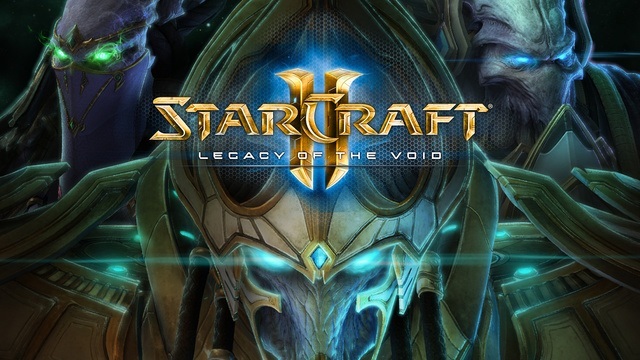



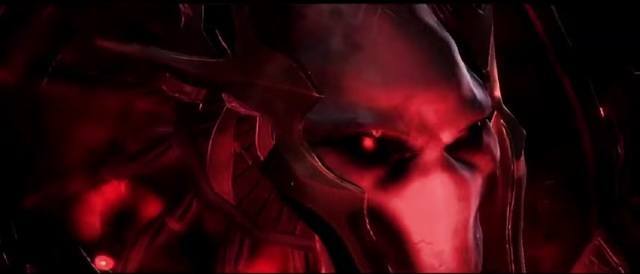








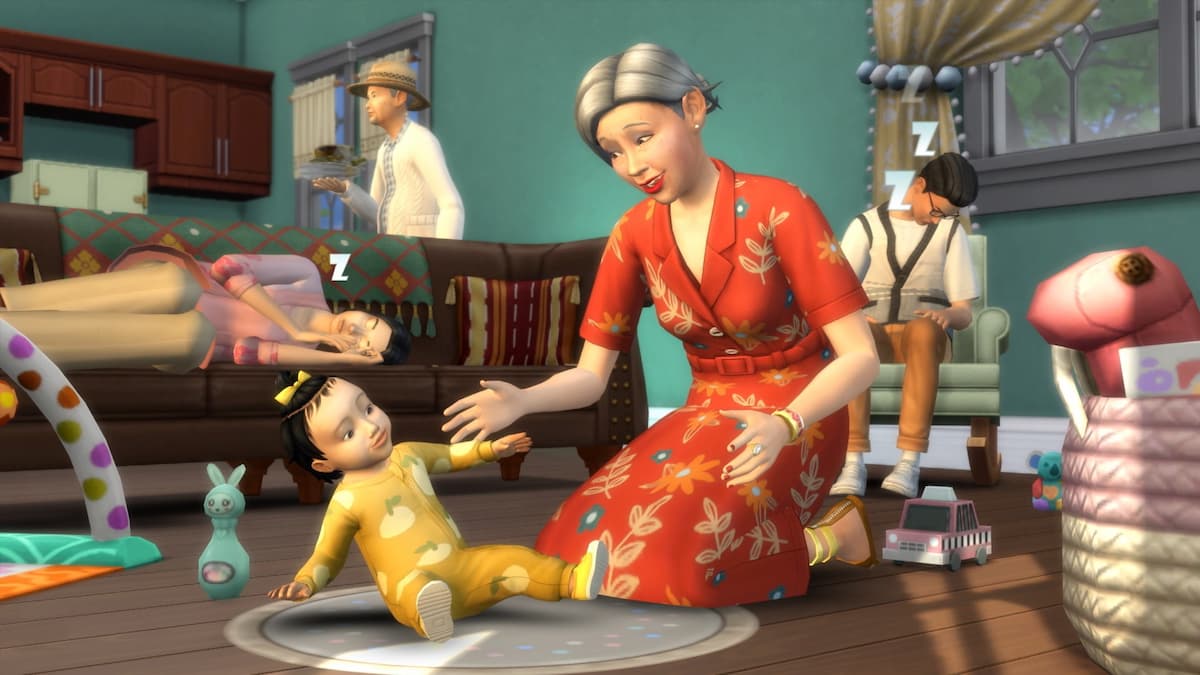
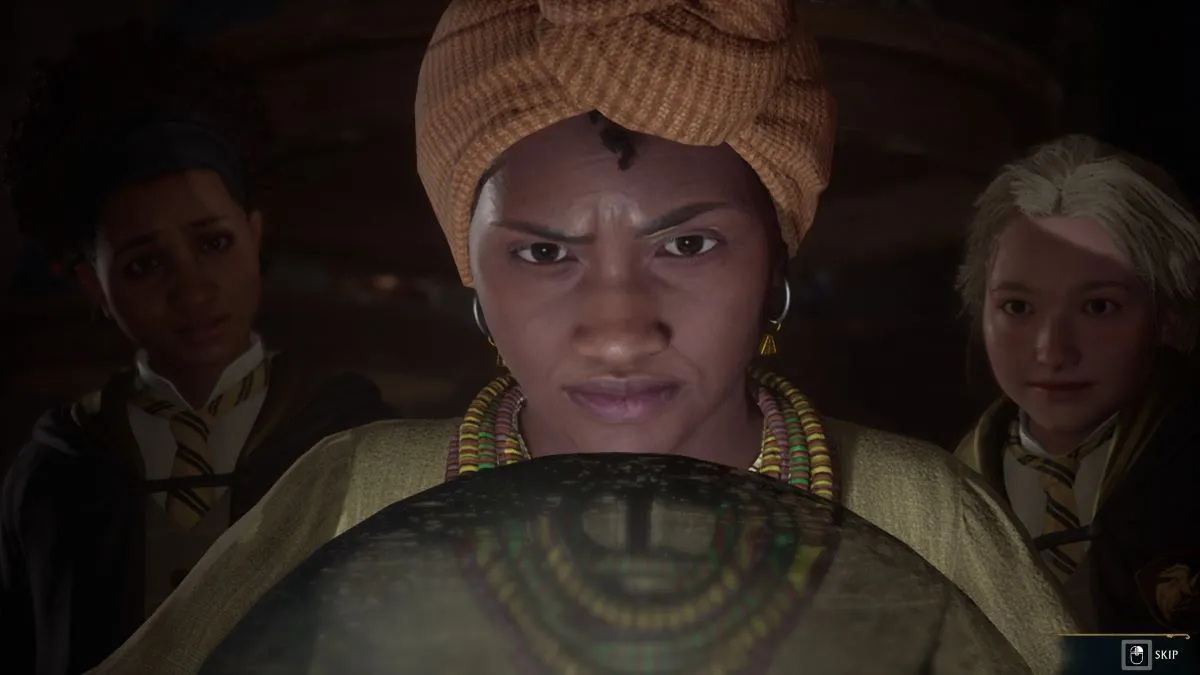
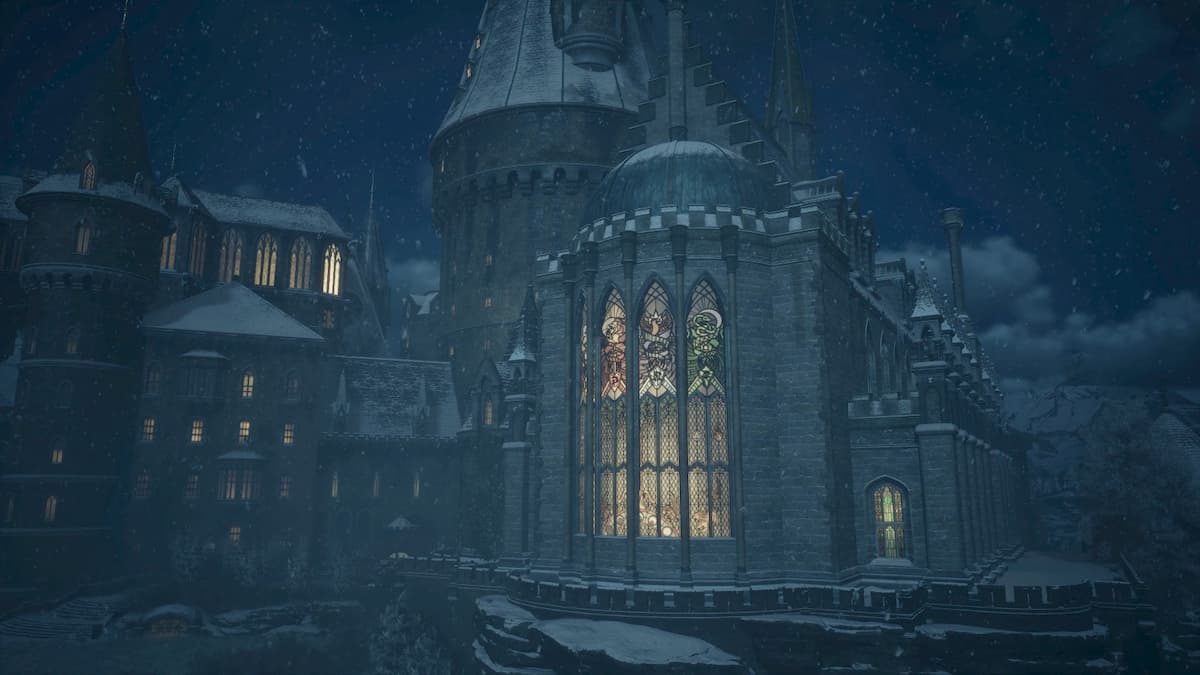
Published: Nov 12, 2015 06:33 am